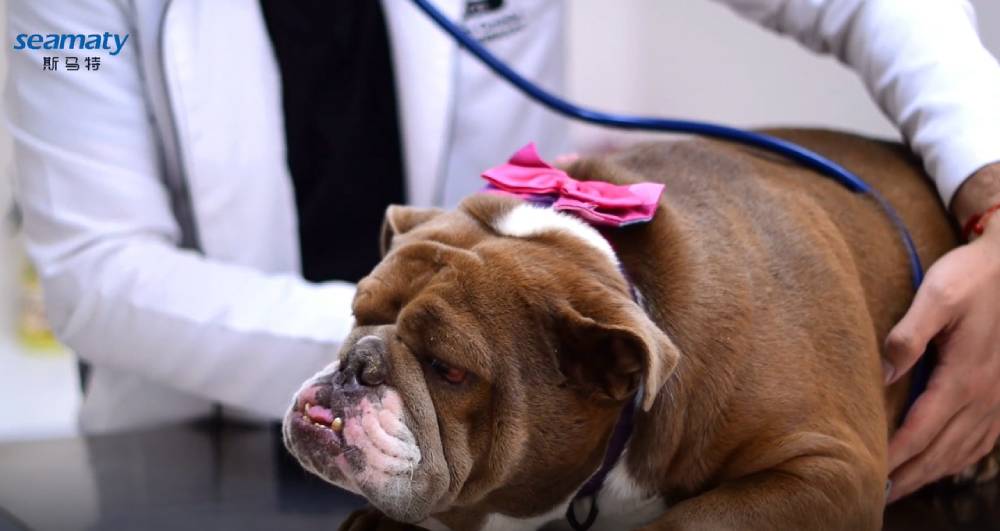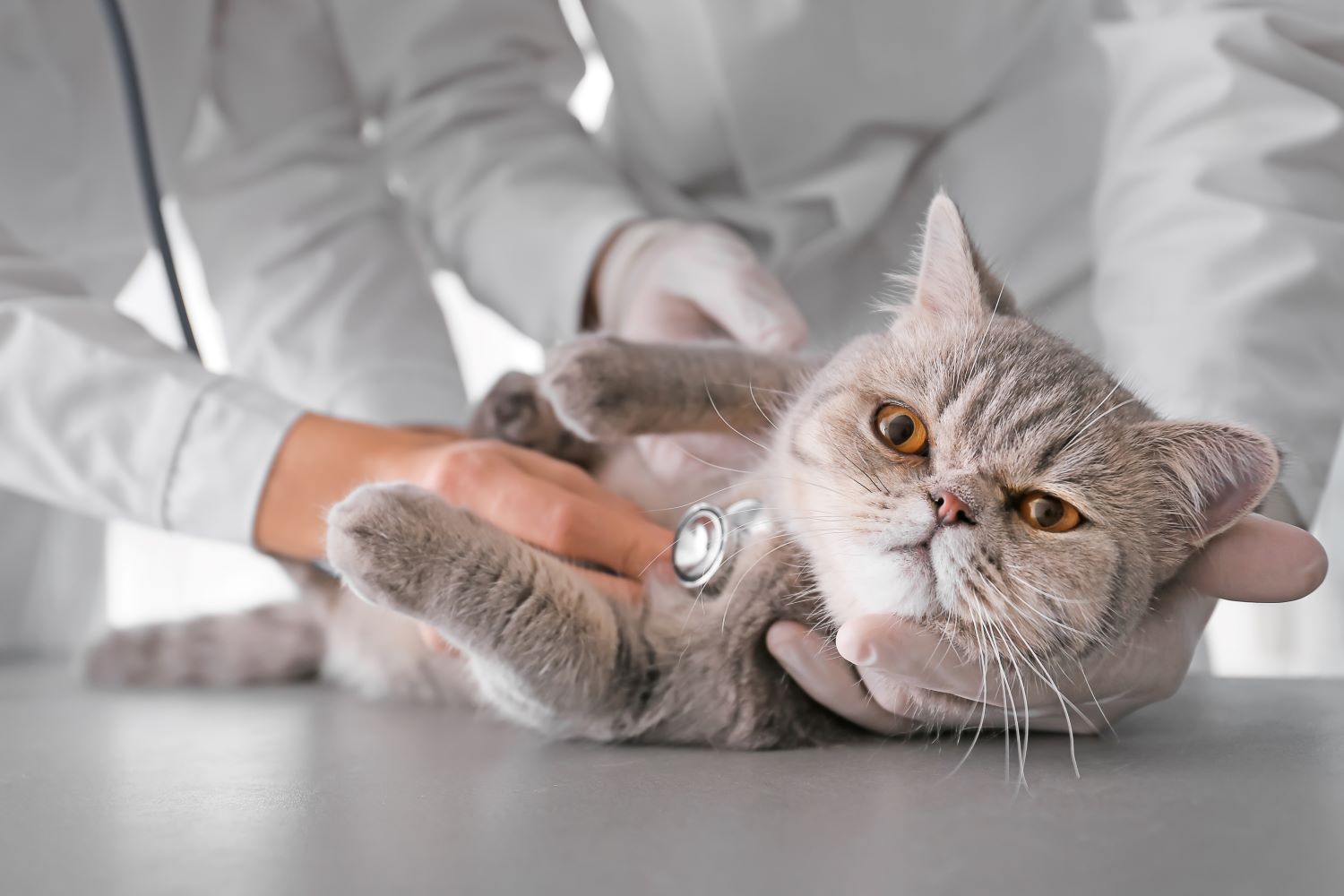release time:2021-10-26 11:22:45
In the previous article, we learned about the possible effects of the age and sex of the animal on the biochemical results. This article will take you through the possible effects of the animal's diet, mental status, and exercise status on biochemical results.
In addition to the animal itself, the veterinarian's practice may also have an impact on the biochemical results. For example, the position of blood collection, blood sampling method, specimen delivery, the influence of drugs and so on. We will take you through these possible factors in the next article.


2023-07-10
Discover the vital role of coagulation testing in animal health assessments. From pre-surgical evaluations to identifying underlying diseases, learn why coagulation tests are crucial for ensuring the well-being of your furry companions.

2021-12-28
Seamaty's four coagulation reagents include Prothrombin Time (PT), Activated Partial Thromboplastin Time (APTT), Thrombin Time (TT) and Fibrinogen (FIB). The Seamaty Coagulation Quadruplex is commonly used in clinical practice in the following four areas.

2021-11-09
Blood glucose meter to detect blood sugar is a simple, convenient and fast detection method, which is becoming more and more popular. However, some people find that the blood glucose test is different from that of automatic biochemistry for the same condition and the same patient when they use home blood glucose meter. So, what is the difference between home blood glucose meter and fully automatic biochemical meter when testing blood glucose?